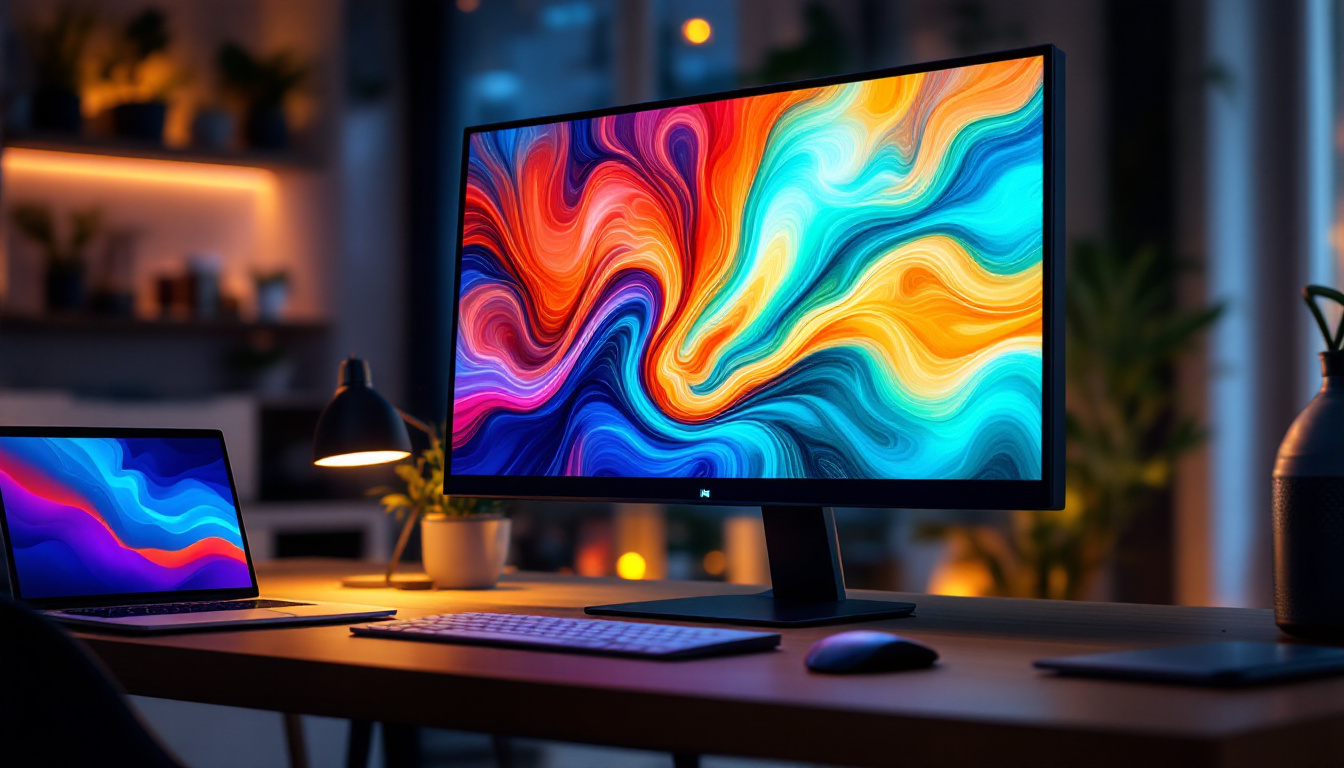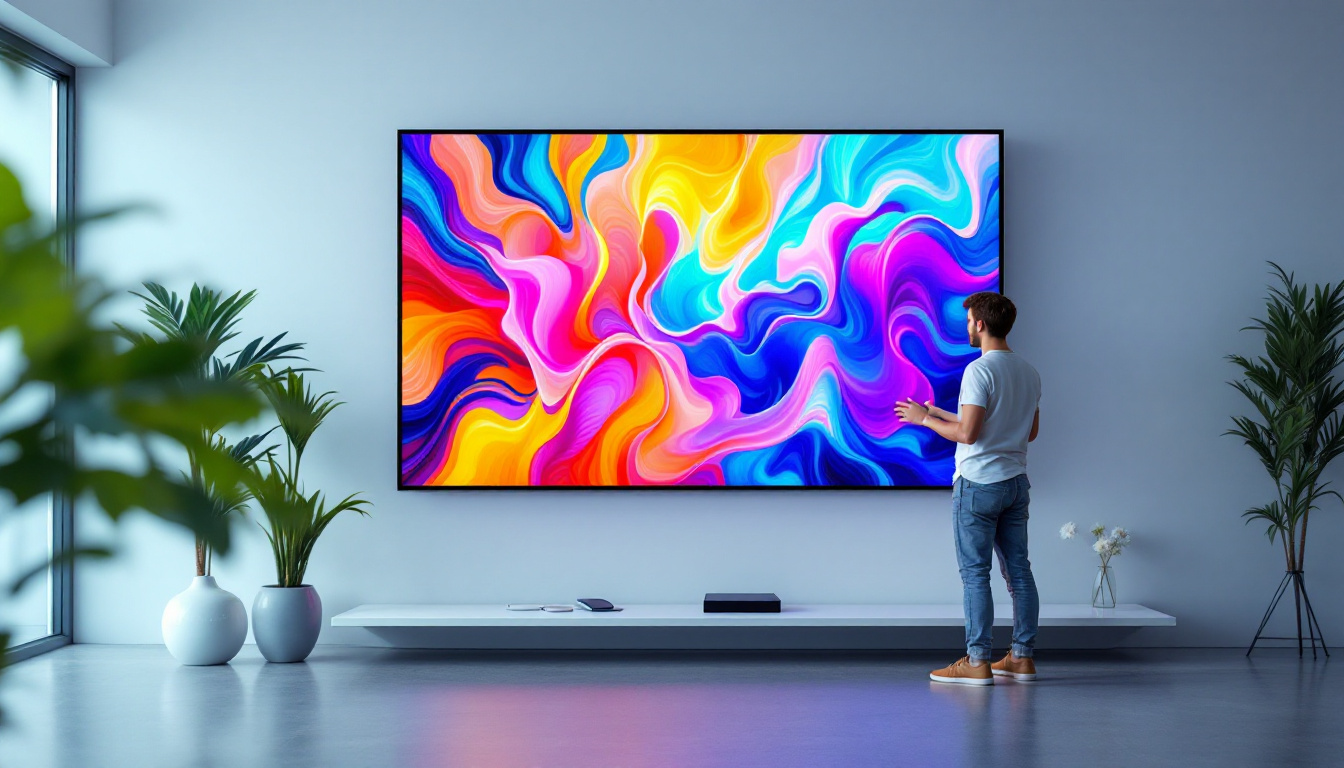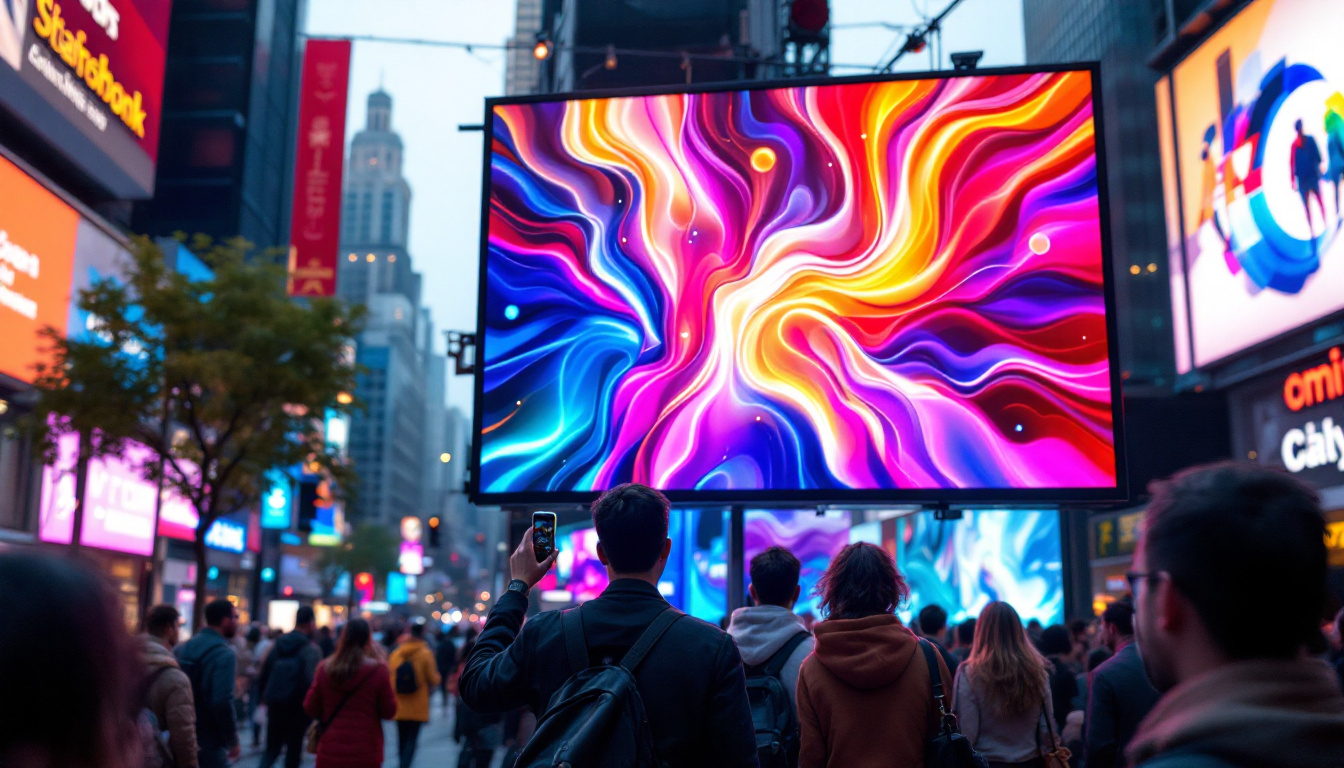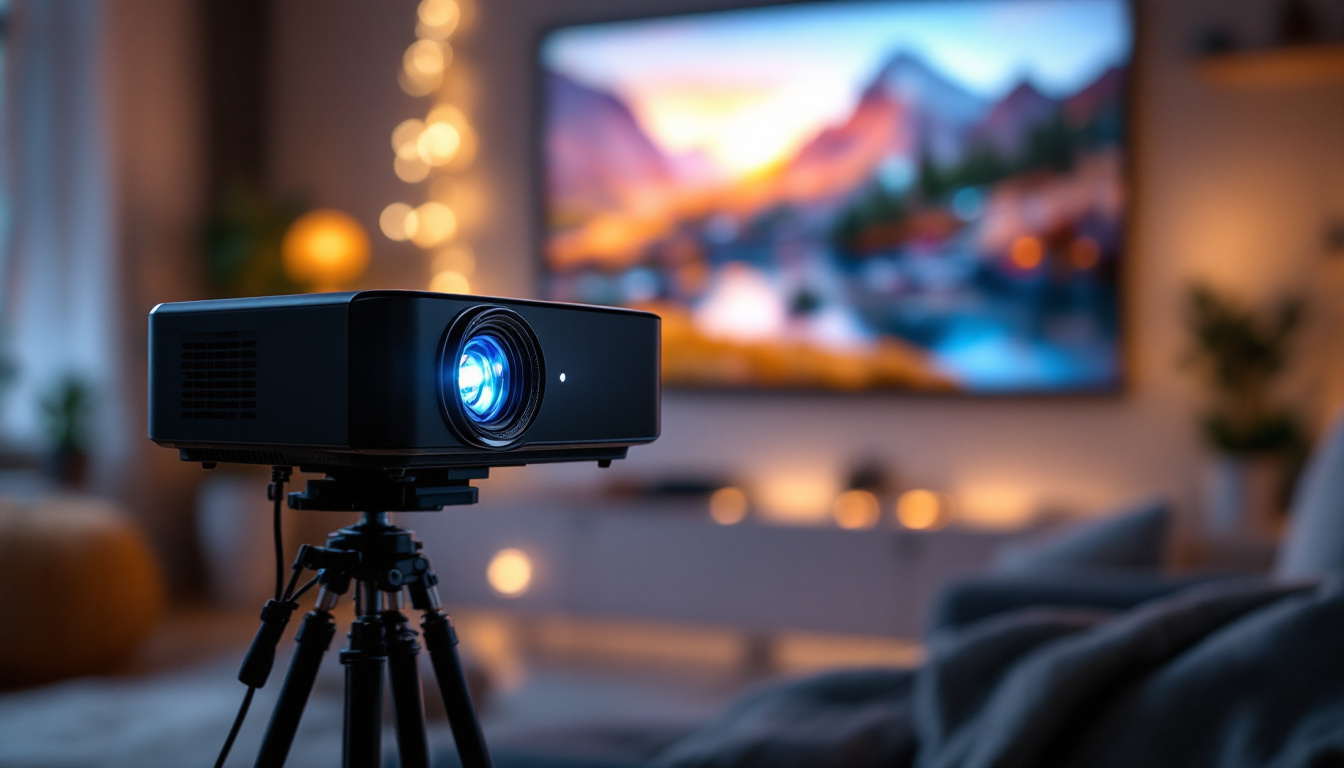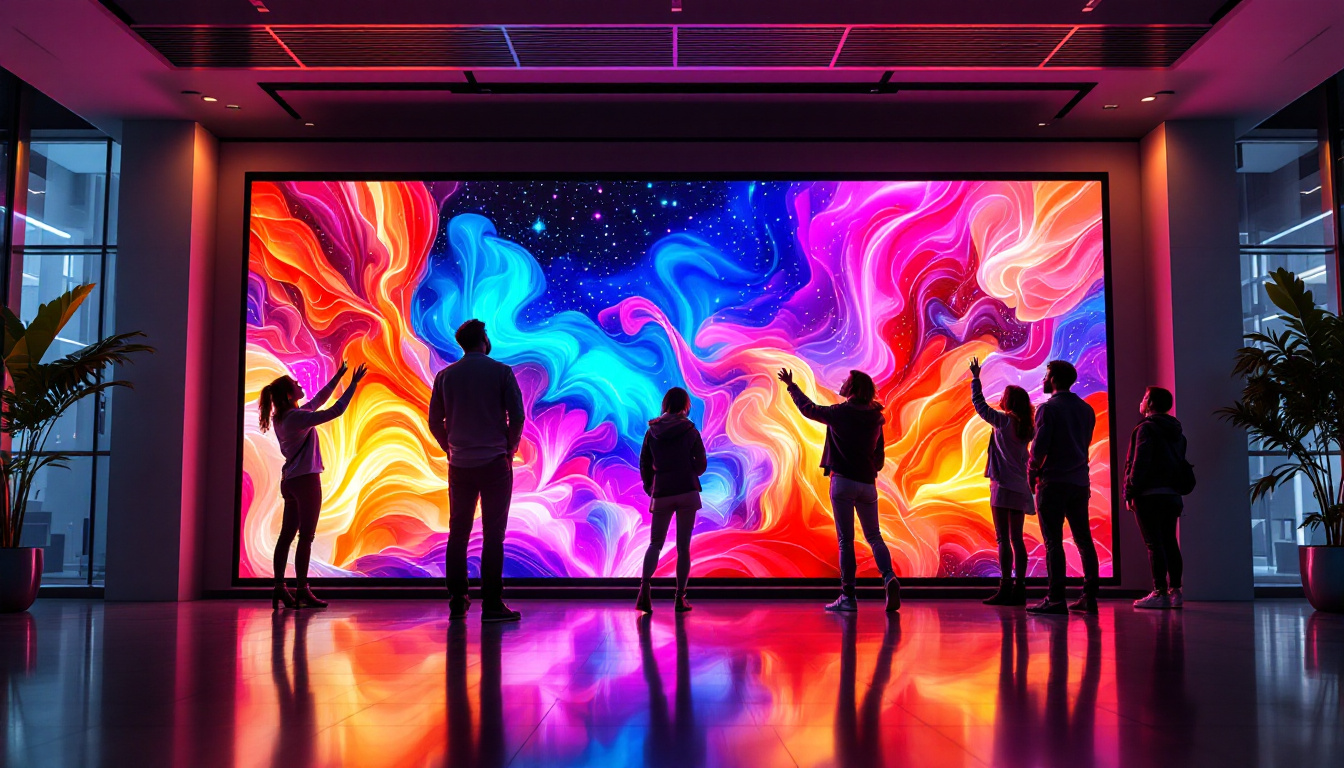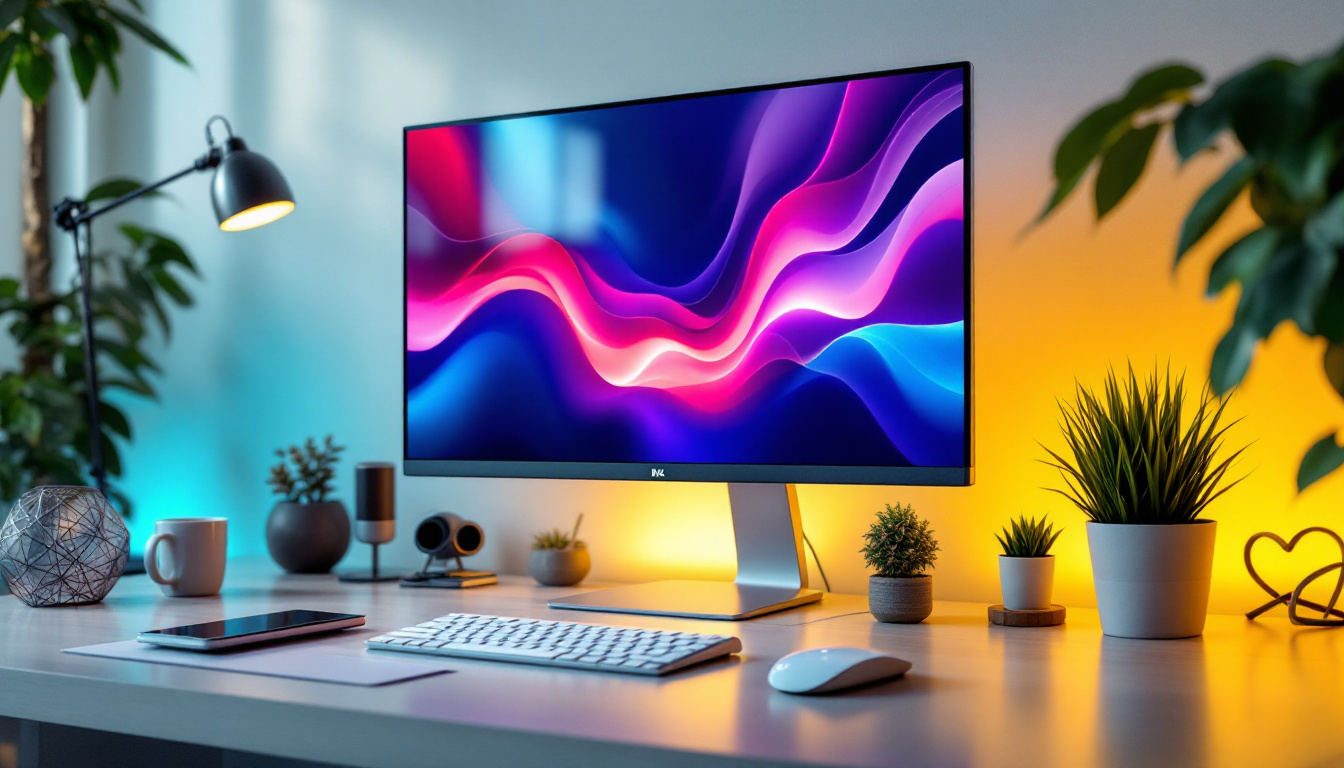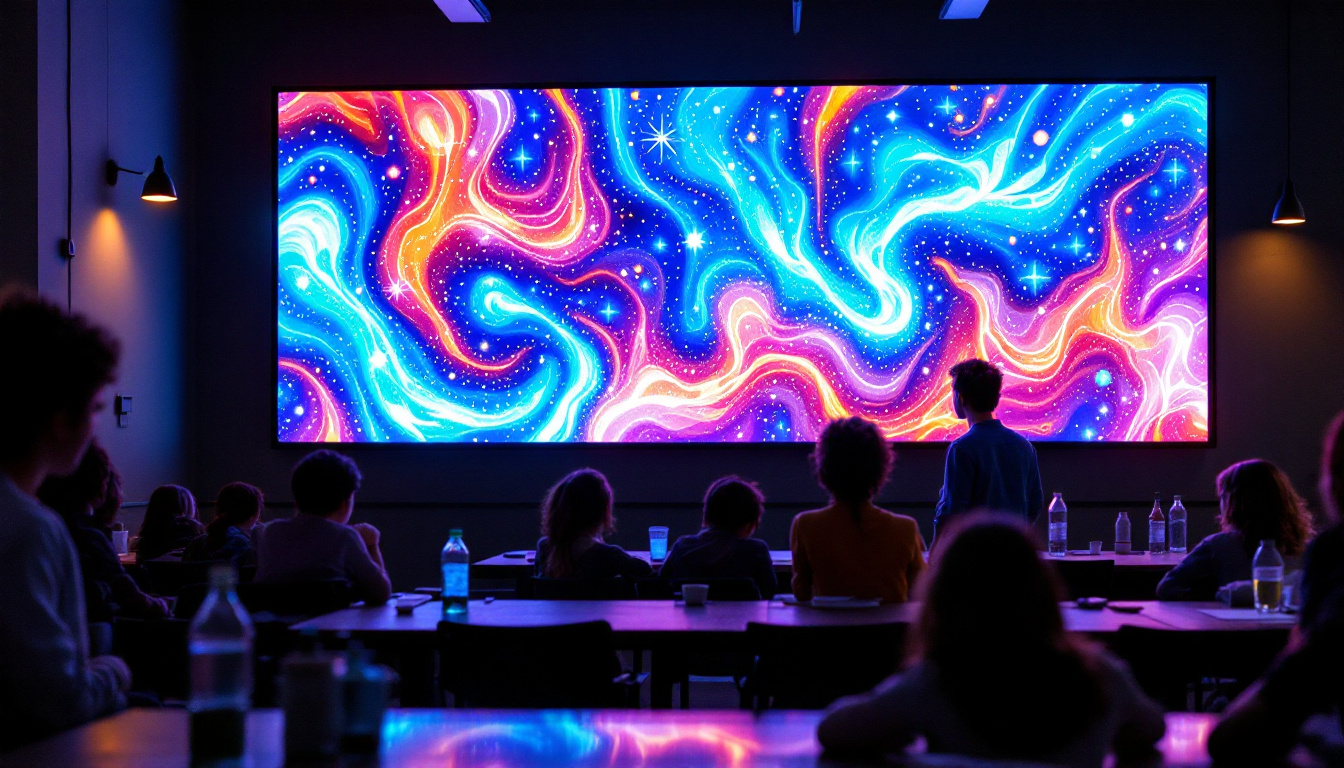In the realm of digital displays, understanding the relationship between physical dimensions and pixel density is crucial for both consumers and professionals. This article delves into the specifics of how many pixels are in 2 inches, particularly in the context of LED displays. By grasping these concepts, one can make informed decisions when purchasing screens, whether for personal use or professional applications.
Understanding Pixels and Pixel Density
Pixels are the smallest units of a digital image, forming the basic building blocks of any display. Each pixel can emit different colors and brightness levels, contributing to the overall image quality. The clarity and detail of an image are largely determined by the pixel density, which is measured in pixels per inch (PPI).
What is Pixel Density?
Pixel density refers to the number of pixels packed into a given area, typically measured in pixels per inch (PPI). A higher PPI indicates a greater number of pixels within a specific space, resulting in sharper images and finer details. For instance, a display with 300 PPI will produce a clearer image than one with 100 PPI, assuming the same dimensions.
When it comes to LED displays, pixel density becomes even more significant. LED technology allows for vibrant colors and high contrast ratios, but these benefits can only be fully realized if the pixel density is adequate. This is why understanding how pixel density relates to physical dimensions, such as inches, is essential. Additionally, as screens become larger, maintaining a high pixel density ensures that images remain crisp and clear, preventing any visible pixelation that can detract from the viewing experience.
Calculating Pixel Density
To calculate pixel density, one must know the resolution of the display and its size. The formula to determine PPI is:
PPI = √(Width² + Height²) / Diagonal Size
For example, if a display has a resolution of 1920 x 1080 pixels and a diagonal size of 24 inches, the PPI can be calculated as follows:
PPI = √(1920² + 1080²) / 24 = 92 PPI
This calculation illustrates how pixel density can vary significantly between displays, influencing the quality of the visual experience. Moreover, as technology advances, manufacturers are continually pushing the boundaries of pixel density. For instance, modern smartphones often boast PPI values exceeding 400, allowing for incredibly detailed images that are almost indistinguishable from reality when viewed at a normal distance. This trend has led to the development of new display technologies, such as Retina displays from Apple, which aim to provide users with a viewing experience that is both immersive and visually stunning.
Furthermore, pixel density plays a crucial role in various applications beyond just consumer electronics. In fields such as graphic design, photography, and video production, professionals rely on high pixel density displays to ensure that their work is rendered accurately and with the utmost detail. This precision is particularly important when editing images or video, as even the slightest discrepancies in color or sharpness can have significant implications for the final product. As a result, understanding pixel density is not only beneficial for consumers but also essential for professionals who demand the highest quality in their visual media.
How Many Pixels Are in 2 Inches?
To determine how many pixels are in 2 inches, one must consider the pixel density of the specific display in question. For instance, a display with a pixel density of 100 PPI will have 200 pixels in a 2-inch span, while a display with a density of 300 PPI will contain 600 pixels.
Examples of Pixel Density
Different devices and displays have varying pixel densities. For instance:
- Smartphones: Many modern smartphones have pixel densities exceeding 400 PPI, resulting in a high level of detail in images and text.
- Tablets: Tablets typically range from 200 to 300 PPI, providing a balance between screen size and clarity.
- Monitors: Standard monitors may have pixel densities around 100 to 150 PPI, while high-end models can exceed 200 PPI.
These examples illustrate how the number of pixels in 2 inches can vary dramatically based on the device’s pixel density. Thus, understanding the context of the display is essential for accurate calculations. For instance, a smartphone used for reading e-books or browsing the web benefits from a higher pixel density, which enhances the sharpness of text and images, making the experience more enjoyable for the user. Conversely, a standard monitor may suffice for general tasks, but users who engage in graphic design or gaming may find that a higher pixel density significantly enhances their experience.
Practical Applications
Knowing how many pixels are in 2 inches can be particularly useful in various scenarios:
- Graphic Design: Designers often need to ensure that their work appears sharp and clear on different devices. Understanding pixel density helps them create images that maintain quality across platforms.
- Web Development: Developers must consider how their websites will look on various screens. Knowledge of pixel density allows for better responsive design practices.
- Photography: Photographers need to understand how their images will be displayed, especially when printing. Knowing pixel density can help in selecting the right resolution for prints.
Additionally, in the realm of digital art, artists must be acutely aware of the pixel density of their devices, as it can affect the precision of their work. A higher pixel density enables finer details and smoother gradients, which are crucial for creating visually stunning pieces. Similarly, in the field of virtual reality, understanding pixel density is vital for ensuring a seamless and immersive experience. A low pixel density can lead to a phenomenon known as the “screen door effect,” where users can see the lines between pixels, detracting from the overall experience. Thus, the implications of pixel density extend far beyond simple calculations, influencing various aspects of technology and design.
Factors Influencing Pixel Density
Several factors can influence the pixel density of a display, including technology, size, and intended use. Each of these elements plays a significant role in determining how many pixels are packed into a given area.
Display Technology
The type of display technology used can significantly impact pixel density. For example, OLED and AMOLED displays often have higher pixel densities compared to traditional LCD screens. This is due to the way these technologies produce images, allowing for finer detail and better color reproduction.
Moreover, advancements in display technology continue to push the boundaries of pixel density. Manufacturers are constantly striving to create screens with higher resolutions and more pixels, leading to improved visual experiences for users.
Screen Size
Screen size is another critical factor in determining pixel density. Larger screens can accommodate more pixels, but if the resolution does not increase proportionately, the pixel density will decrease. For instance, a 50-inch TV with a 1080p resolution will have a lower pixel density than a 24-inch monitor with the same resolution.
This relationship highlights the importance of considering both size and resolution when evaluating a display. A larger screen may not necessarily provide a better viewing experience if it lacks sufficient pixel density.
Intended Use
The intended use of a display also influences the required pixel density. For example, a display used for professional graphic design may require a higher pixel density to ensure detail and accuracy, while a screen used primarily for watching videos may not need the same level of clarity.
Understanding the purpose of a display can help consumers make informed decisions about which device best meets their needs, balancing factors like size, resolution, and pixel density.
Choosing the Right Display
When selecting a display, whether for personal or professional use, several factors should be considered to ensure that the chosen device meets specific needs and expectations.
Assessing Your Needs
Before making a purchase, it is essential to assess what the display will primarily be used for. Will it be for gaming, graphic design, or general media consumption? Each use case has different requirements for pixel density and resolution.
For instance, gamers may prioritize refresh rates and response times, while graphic designers might focus on color accuracy and pixel density. Understanding these needs will help narrow down the options available.
Comparing Specifications
Once needs are assessed, comparing specifications becomes crucial. Look for displays with high resolutions and pixel densities that align with the intended use. For example, a 4K monitor (3840 x 2160 pixels) will provide a significantly better experience for design work compared to a standard 1080p monitor.
Additionally, consider other specifications such as refresh rates, color accuracy, and connectivity options. These factors can greatly influence the overall performance and satisfaction with the display.
Budget Considerations
Budget is often a limiting factor when choosing a display. Higher pixel densities and advanced technologies typically come with a higher price tag. It is important to find a balance between quality and cost, ensuring that the chosen display meets requirements without breaking the bank.
Researching different brands and models can help identify options that offer the best value for money, providing a satisfactory viewing experience without overspending.
Conclusion
Understanding how many pixels are in 2 inches is essential for anyone looking to navigate the world of LED displays effectively. By grasping the concepts of pixel density, display technology, and intended use, consumers can make informed decisions that enhance their viewing experiences.
Whether for professional applications or personal enjoyment, the right display can significantly impact how content is perceived. As technology continues to evolve, keeping abreast of these developments will ensure that users can take full advantage of the advancements in display technology.
In summary, while the question of how many pixels are in 2 inches may seem straightforward, it opens the door to a deeper understanding of digital displays and their specifications. With this knowledge, individuals can confidently choose the right display for their needs, enhancing their interaction with digital content.
Discover the Perfect LED Display with LumenMatrix
Ready to elevate your visual experience with a display that meets your exact needs? Look no further than LumenMatrix, a pioneer in LED display technology. Our comprehensive range of solutions, from Indoor and Outdoor LED Wall Displays to innovative LED Sports and Floor Displays, is designed to captivate and engage your audience. Whether you’re looking to enhance brand visibility or create immersive environments, LumenMatrix has the cutting-edge technology to bring your vision to life. Check out LumenMatrix LED Display Solutions today and see how our displays can transform your space with clarity and impact.







